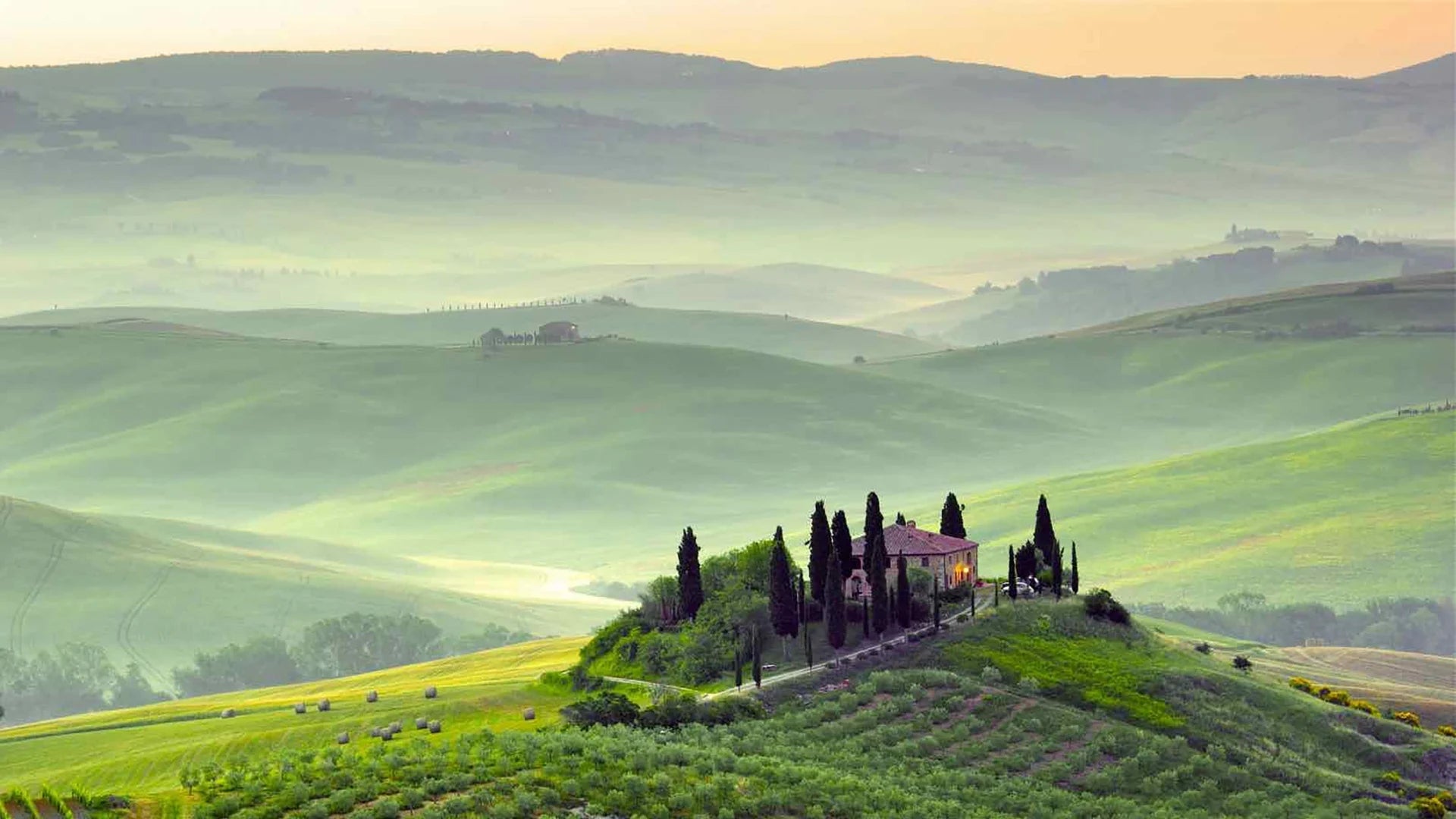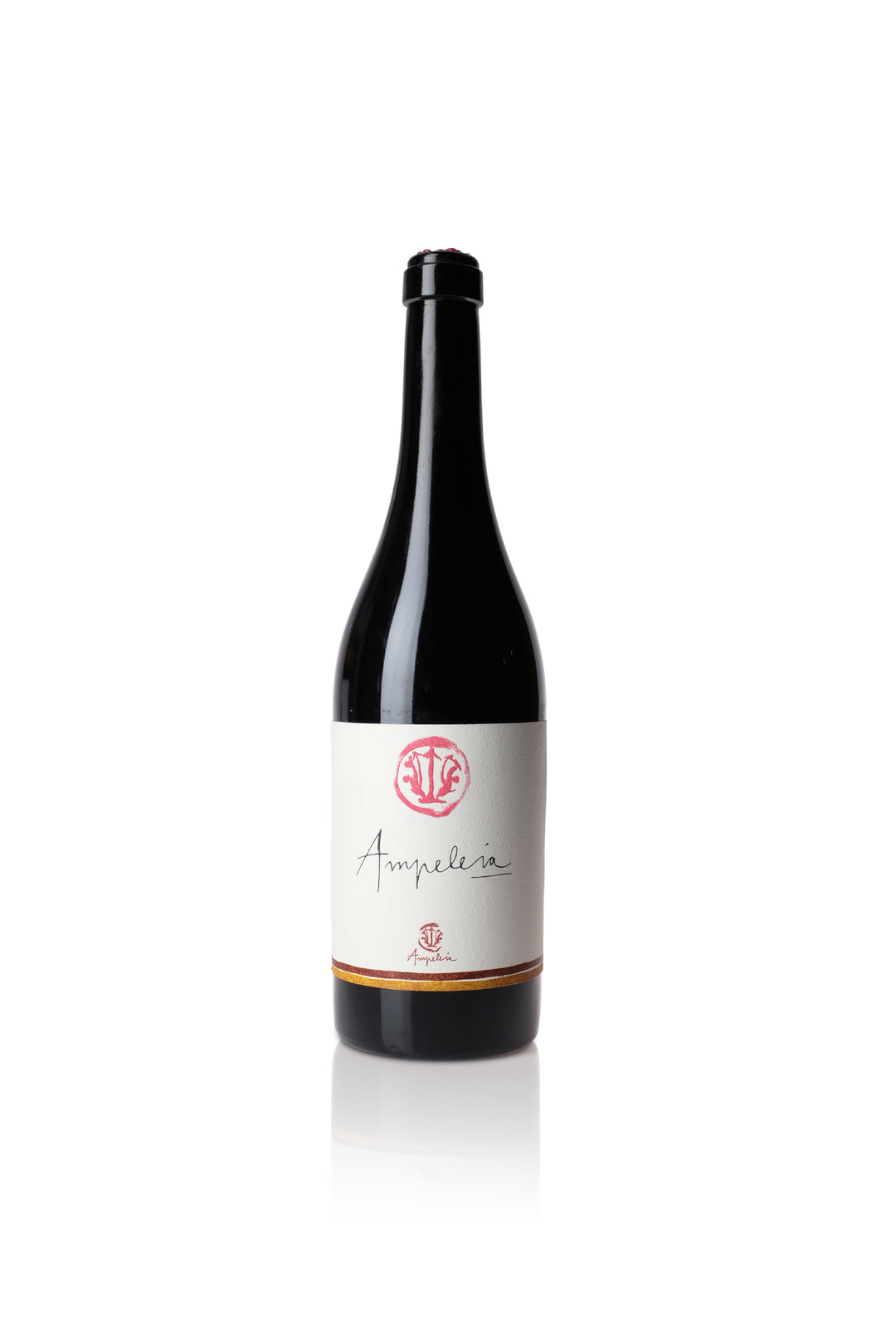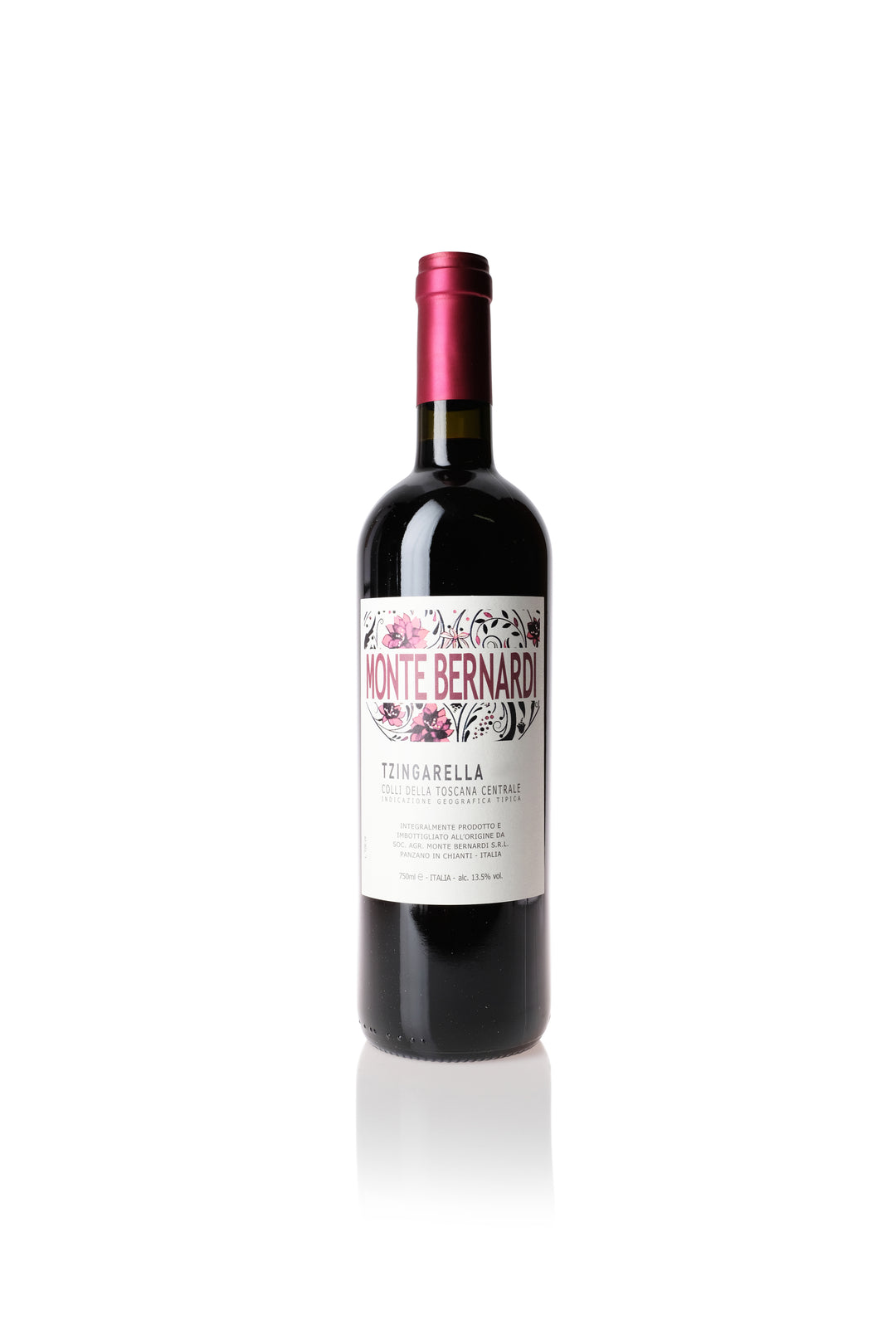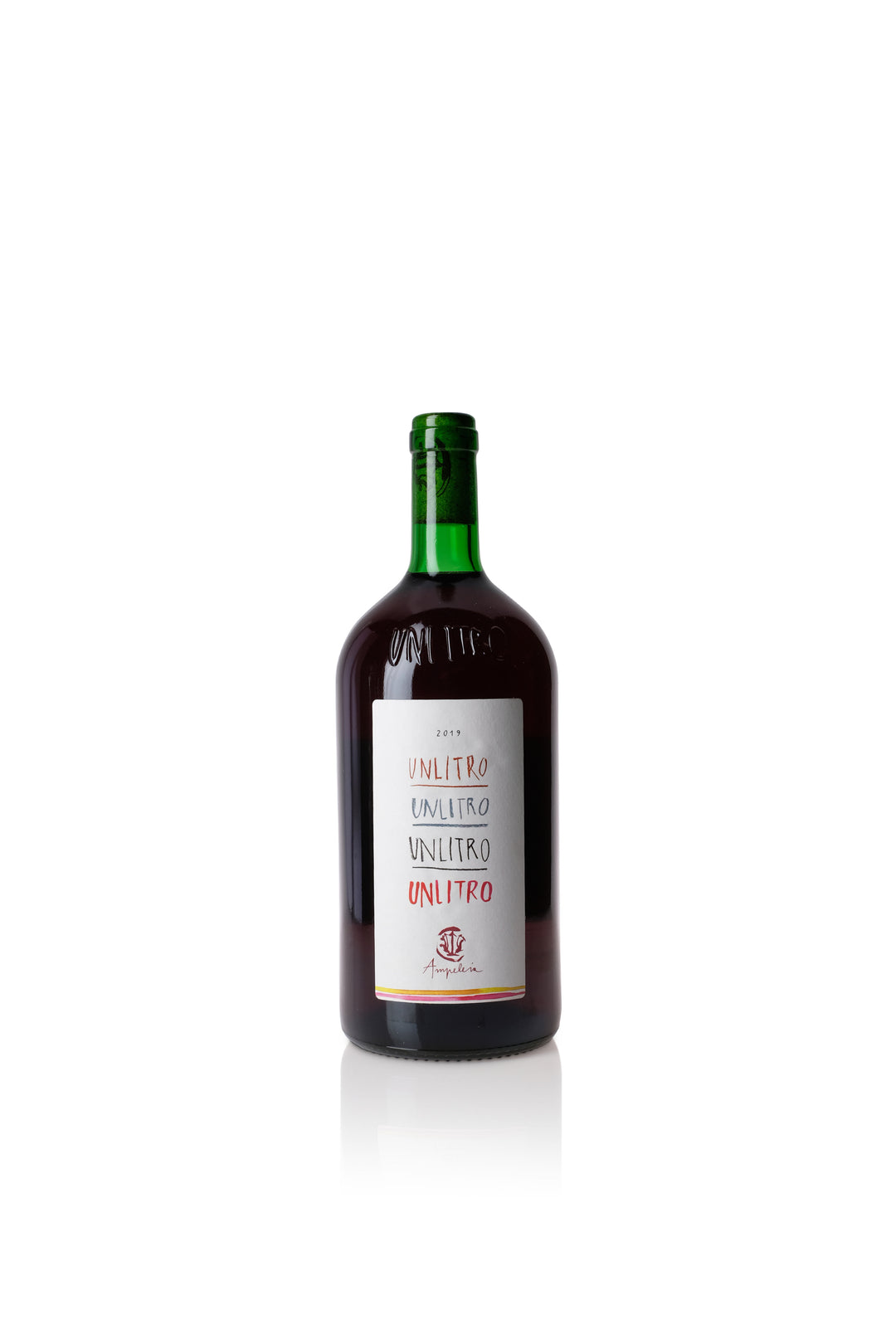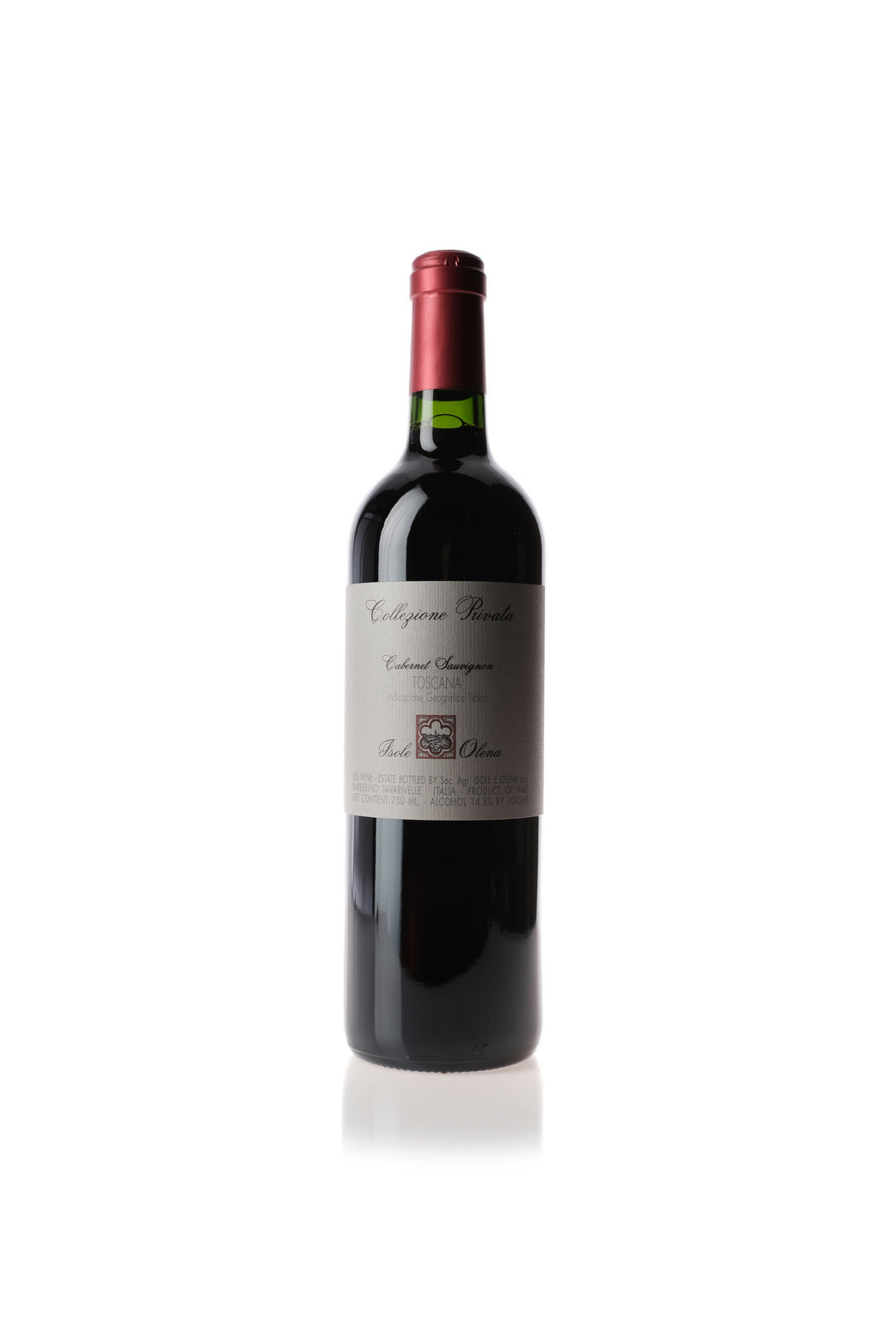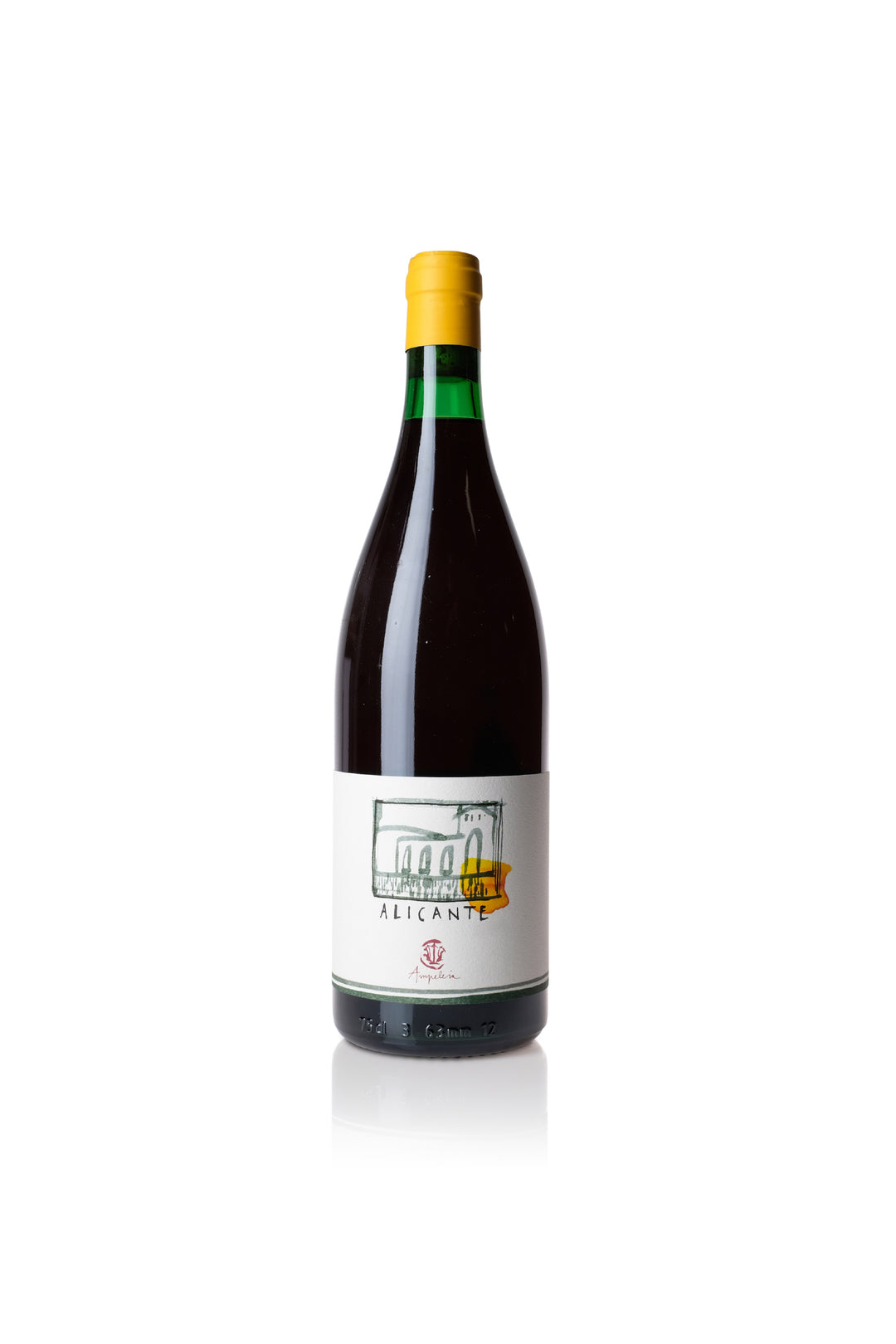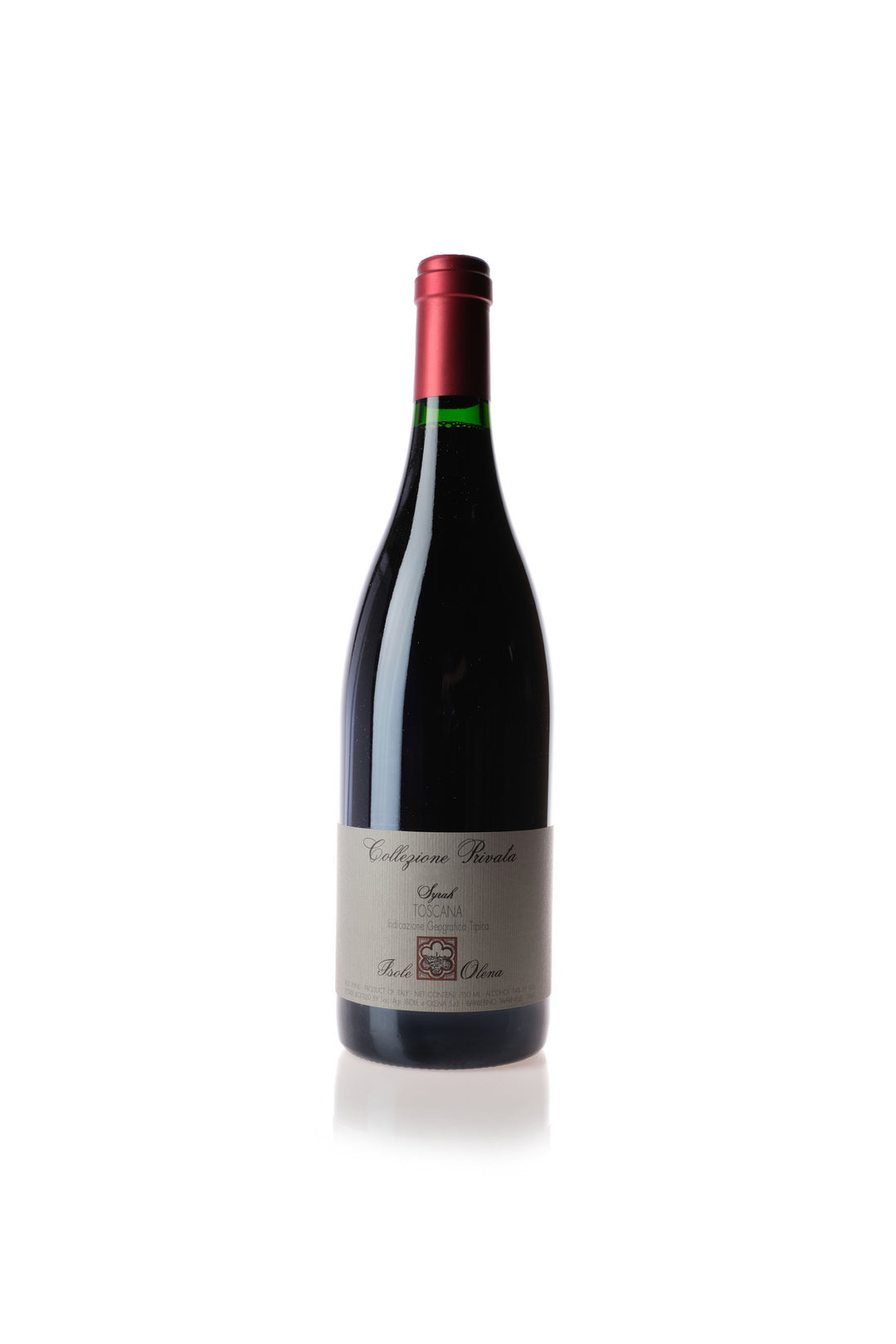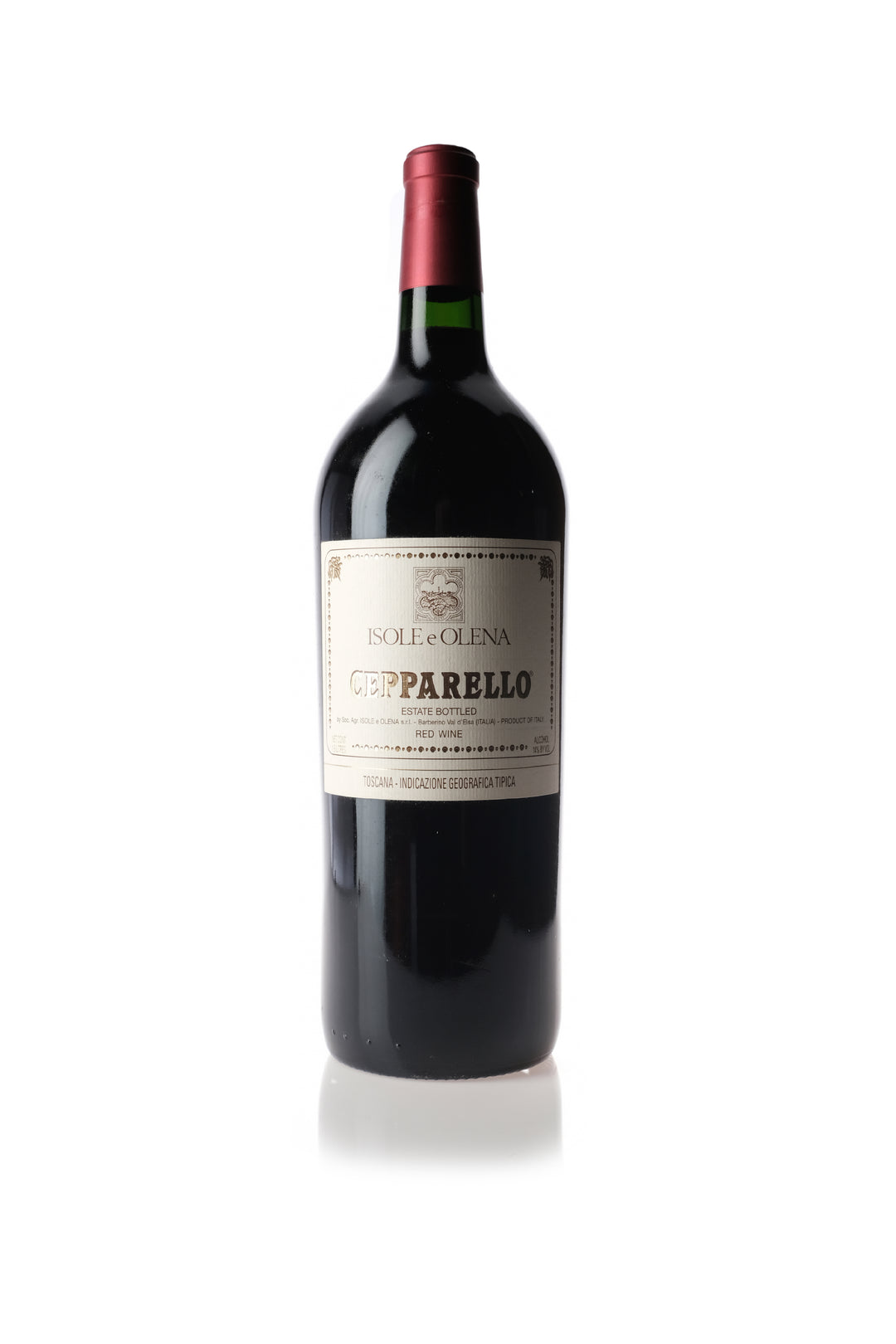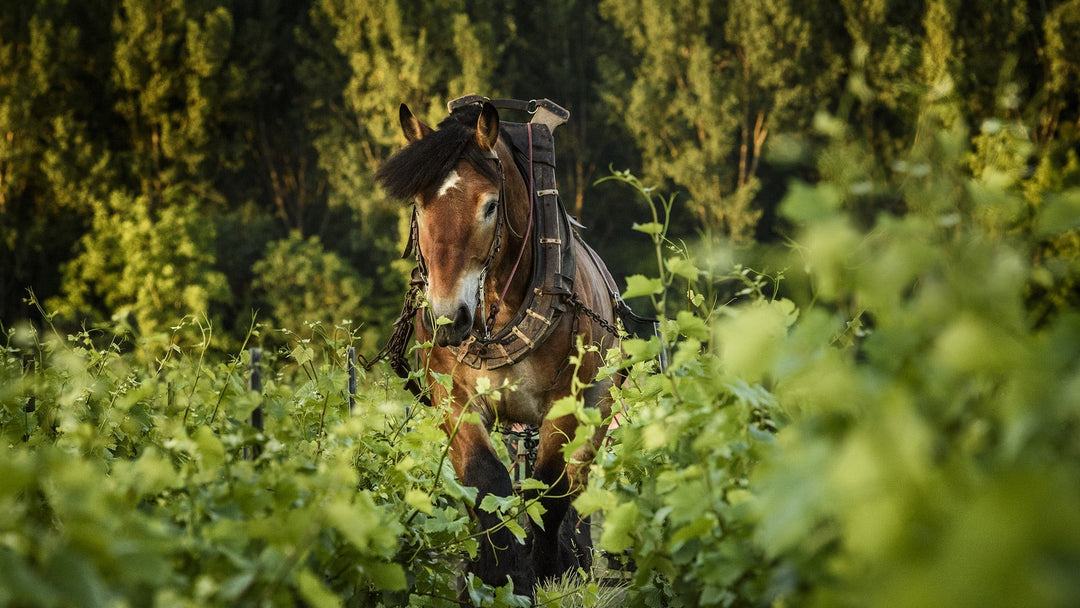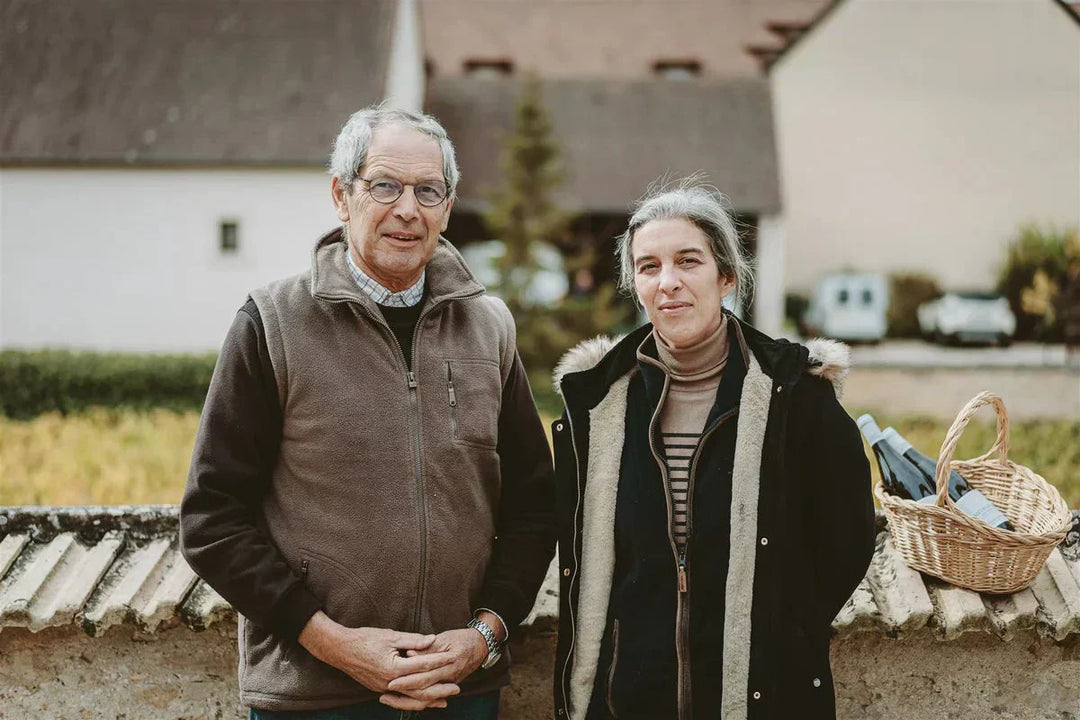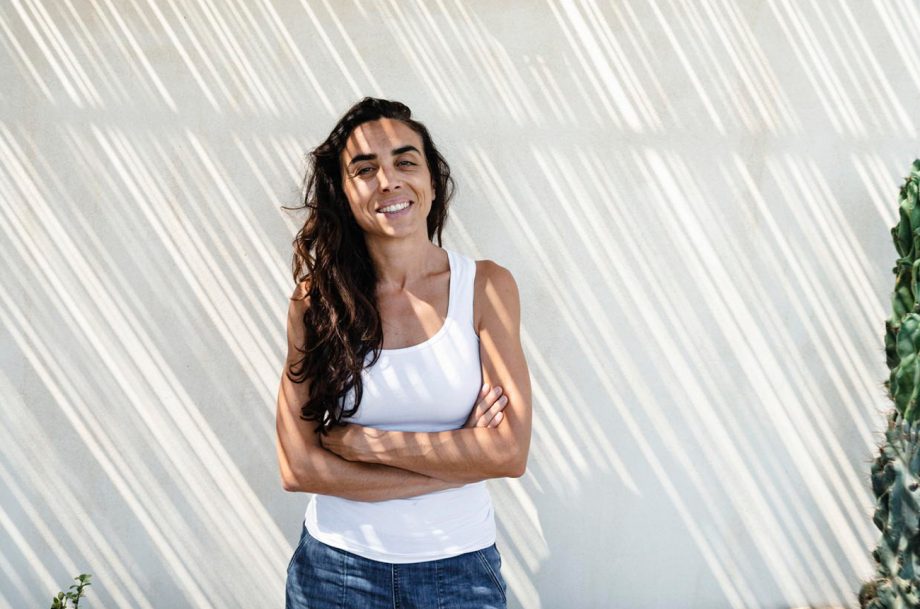SUPER TUSCANS ARE BACK IN VOGUE
Producer-Driven Bottles that Inspire Hart & Cru
When you give fine artists paint and ask each to depict a Tuscan hillside, every outcome would inevitably have its own style. Winemaking is not so different; grapes and soil become the mediums instead. A grower chooses where to plant, how to farm, when to harvest and how to express the fruit after it leaves the vineyard. Wine has its own stylistic periods, rising and falling with the rhythm of the people behind the grapes. The Super Tuscan period is a stylistic evolution of the wines of Tuscany.
Let’s break it down: what is a Super Tuscan wine?
The dawn of the Super Tuscan era was a rebellious period of sorts that occurred during the 1970s when Italian wine law was slow to change. At the time, Chianti wines were required to blend white varieties into their blends. Winemakers were frustrated with this creative stunt, and consequently began blending other varieties unindigenous to Tuscany into their red wines. Even more frustrating is that these wines weren’t allowed a DOC or DOCG status, but were relegated as a Vino da Tavola—aka table wine—the least esteemed Italian wine classification.
Eventually the style became successful, inspiring its own quality designation—IGT Toscana—Indicazione Geografica Tipica, allowing the winemakers of Chianti to be more creative, you know, like artists. They were now allowed the usage of varieties from outside the region like Merlot, Cabernet Sauvignon, and Syrah, and the wines could still be classified.
While the OG wines like Sassicaia and Tignanello are deserving of conversation and have their place, the Super Tuscan movement has certainly evolved. Beginning with the mind behind Sassicaia, Marchese Mario Incisa della Rocchetta harvested the first “Super Tuscan” wine in 1968 and released them to the market in 1971.
Along the way, the Super Tuscan wines have evolved. Producers have made their own styles, making the land even more important than it was before. Finesse and balance are at the forefront. Smaller production has become more of a focus. Oak usage now makes a slower integration into the ageing process versus hitting you over the head with its impact. Terroir is of the utmost focus now. The resulting wines made today are among some of Hart & Cru’s absolutely treasured favorites.
In the end, deciphering through it all simply comes down to the producer—the grower that crafted the wine in your glass. They are undeniably good pairings for food. Their cellaring potential is not unlike that of Bordeaux. And they are delicious. We love sharing the wines that have graced our glasses, spurred conversation, and instilled a renewed passion for Tuscany.


